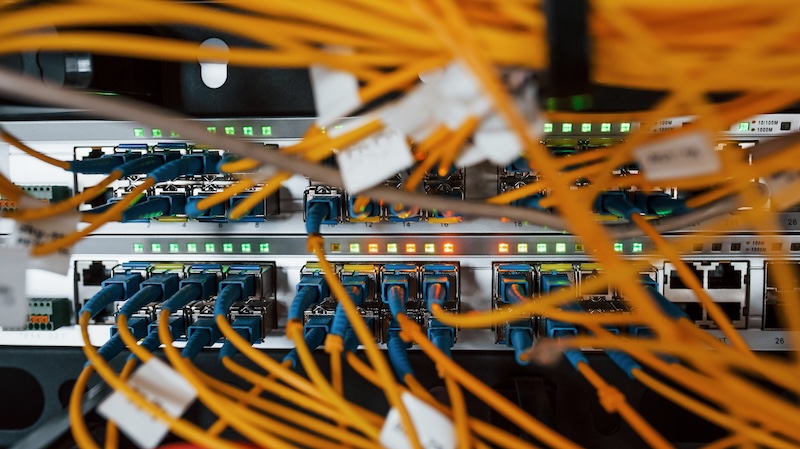With increasing digitalization, the digital CO2 footprint also increases. In addition to emails, WhatsApp and Streaming services, especially AI models, are causing energy requirements to skyrocket.
Emails, WhatsApp and streaming services have a higher carbon footprint than many realize. Because every message, every streamed video and every online search consumes energy. Large data centers are responsible for this and ensure the storage and processing of data and information.
These so-called server farms not only require a lot of electricity, but also water. Because computing-intensive operations quickly generate heat, which a system has to dissipate quickly. This further increases CO2 emissions.
Digital carbon footprint of WhatsApp messages
Concrete examples show what each of us’s CO2 footprint can look like. One example is WhatsApp, which billions of people on this planet use every day. A group chat can produce around 2.35 kilograms of CO2 per week.
A simple text message on WhatsApp only requires a few kilobytes, but the energy consumption adds up due to the volume of messages worldwide. Another example are streaming services.
For example, if you watch a movie on Netflix in HD, a data center emits around 36 grams of CO2 in an hour to transport around three gigabytes of data between Netflix and your device.
According to environmental researcher Alex de Vries from the University of Amsterdam, who runs the website Digiconomist, we often underestimate our digital carbon footprint because we have no physical connection to energy consumption. Everything seems digital and “invisible”.
AI models require more and more energy
The increasing use of AI applications, such as Google’s “AI Overviews”, increases energy consumption even further. The latest estimates suggest that AI-supported search queries require around ten times as much energy as conventional search queries.
KI-Guide for free!
Sign up now for our weekly newsletter BT compact. As a thank you, we give you ours AI Guide with 25 AI tools you should know right now!
Training AI models also causes high environmental costs. Training a model like GPT-3 is said to produce about as much CO₂ as 550 flights from New York to San Francisco.
In order to reduce the digital CO₂ footprint, experts recommend “digital minimalism”. Specifically, this means: fewer unnecessary applications and more conscious data consumption. Thinking twice before sending or using AI tools should help reduce the environmental impact of our digital world.
Also interesting:


